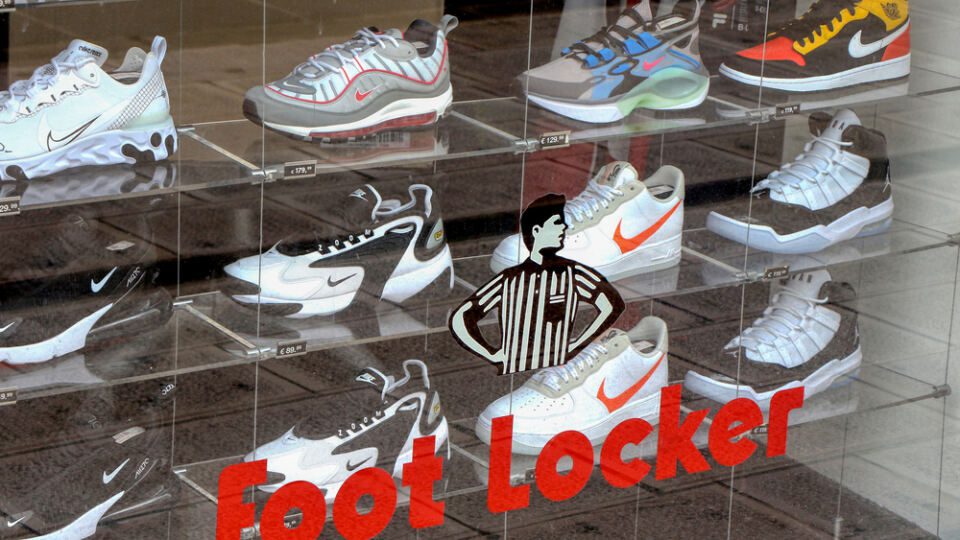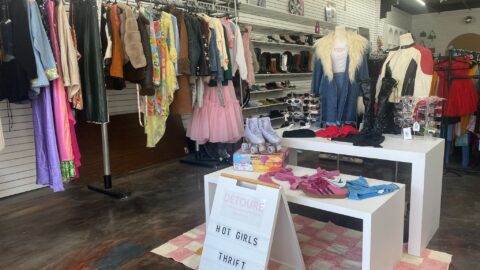The final stretch of 2021 was solid overall, despite some concerns that supply chain and staffing issues would drag down holiday spending. And while the majority of retailers didn’t break any records, most reported steady growth and in-store traffic improvements compared to 2020.
However, this doesn’t mean that the industry is growing complacent. Retailers are very aware of what they need to do to maintain their positive trajectories, and several are taking notable steps to meet shoppers’ needs:
- Walmart reported 5.6% comparable sales growth, including growing market share in grocery, and it will continue building its share by expanding pickup and delivery capacity by 35% in the coming year;
- Foot Locker posted total sales growth of 6.9% to $2.3 billion, but the retailer’s plan to ride its momentum by diversifying suppliers and shifting efforts toward DTC have some investors spooked; and
- Nordstrom was one of the quarter’s success stories, with net sales up 23% — and a new push into retail media may help the retailer keep that momentum going by growing this existing revenue stream.
Walmart Looks to Last Mile to Fuel Further Growth
Walmart’s Q4 results were characteristically solid for the retail giant; with such massive market penetration, it’s difficult to achieve the truly explosive growth that smaller companies can achieve. The one exception? Ecommerce. While sales were up just 1% year-over-year, they rose 70% on a two-year stack. Walmart is planning to tap into this growth by leveraging its massive brick-and-mortar footprint to further grow its last mile capabilities.
As Walmart executives are fond of saying, its 4,700 stores put it within 10 miles of 90% of the U.S. population, creating a potential delivery network that is nearly unparalleled. Innovations in using stores as pickup and delivery hubs increased Walmart’s last mile capacity by 20% last year, and its ambitious goal of a further 35% growth will leverage some of the technology and services that it’s been developing.
Advertisement
One of the key elements will be the usage of Market Fulfillment Centers (MFC), automated fulfillment centers located within stores but stocked with a separate inventory. This setup enables both the store and the MFC to handle customers’ orders together, making the process more convenient for both in-store or online shoppers.
Walmart also is improving its last mile capabilities by scaling up InHome to 30 million U.S. homes. Additionally, the company will hire 3,000 additional associates to drive an entirely electric fleet of delivery vehicles. Walmart GoLocal, which offers last-mile delivery services to other retailers, also will benefit from these investments.
“As we continue to create new delivery options for customers and members, and new capabilities for Walmart GoLocal clients, we add density to the last mile,” said Tom Ward, Chief Ecommerce Officer at Walmart U.S. in a statement. “With more density comes more opportunities for drivers, and more opportunities result in increased speed. This means we can get customers and clients their items even faster, all while helping lower costs. It’s a happy cycle.”
Foot Locker’s Shift From Nike Trades Short-Term Pain for Long-Term Safety
Foot Locker’s steady quarterly sales growth doesn’t quite tell the whole story. Overall growth was solid, but comparable store sales grew just 0.8% and apparel significantly outpaced footwear. Seen in this light, moving toward DTC, which drove the majority of sales, and diversifying its product selection even further makes sense as a business strategy.
Nike, which is by far Foot Locker’s biggest vendor, represented nearly two-thirds of total supplier spend in Q4 2021. Foot Locker’s diversification plan calls for reducing the maximum spend for a single supplier to cap out at 55% by Q4 2022, which would result in no single vendor representing more than 60% of total purchases for fiscal 2022. This figure is down from 70% in 2021 and 75% in 2020 and represents an accelerated strategic shift to DTC led by both Foot Locker and “one of the Company’s vendors.”
Achieving the right mix will include deepening existing brand relationships with new partnerships and expanding further into apparel. The recently launched partnership between Reebok and Foot Locker, which will include exclusive access to styles from Allen Iverson and Shaquille O’Neal, was held up as an example of this effort.
“Our journey to diversify our mix of business and expand our reach as a house of brands and banners is ongoing,” said Richard Johnson, Chairman and CEO of Foot Locker in a statement. “We look forward to continuing to build on the important areas of success from the past year that strengthen our position at the heart of the youth, sports and sneaker communities.”
The news that Nike will play a smaller role in sales, however, was poorly received by investors. Shares of Foot Locker fell 30% on Feb. 25 after the retailer stated that it expects 2022 revenue to take a hit from the restructuring effort, according to CNBC. However, this move makes long-term sense — Nike is moving away from wholesale and Foot Locker likely wants to reduce its reliance on a brand that is increasingly focused on its own retail/DTC ecosystem.
Foot Locker also will look to build a bigger off-mall brick-and-mortar footprint. The retailer will increase its planned rollout of community-focused Power Stores to approximately 300 locations over the next three years. WSS, which Foot Locker acquired in August 2021, is expected to reach $1 billion in annual sales by 2024 due to accelerated store openings and anticipated strong same-store sales growth. atmos, which was acquired around the same time, is expected to grow its annual sales by approximately 50%, to nearly $300 million over the next three years, by scaling in existing markets and expanding internationally.
Nordstrom Rack’s New Strategy is Starting to Pay Off, but Work Remains
Nordstrom’s overall Q4 performance was strong, and even its one miss was better than expected: Nordstrom Rack sales fell 5% compared to Q4 2019 but were up 23% from Q4 2020. This could be encouraging news for the banner, which has been dragging down the retailer’s overall results.
Improvements to Nordstrom Rack are the result of its year-long strategy of expanding the range of price points offered at the off-price banner. The retailer also worked to connect physical and digital inventory in order to increase selection.
“We advanced our strategic initiatives this quarter, with sequential sales improvement, strong digital growth and a significant increase in profitability,” said Erik Nordstrom, CEO of Nordstrom in a statement. “Our team continues to work with urgency to accelerate our progress and invest in our capabilities to better serve customers and profitably grow sales. Our primary focus is on three areas: improving Nordstrom Rack performance, increasing profitability and optimizing our supply chain and inventory flow.”
The retailer also is expanding the Nordstrom Media Network to off-site channels, including paid social and display ads and YouTube video, as retail media booms. NMN’s programs generated $40 million in revenue in 2021 and are likely to help both the retailer and its brand partners drive additional business in 2022. The retailer also has launched a podcast, The Nordy Pod, hosted by President and Chief Brand Officer Pete Nordstrom.









